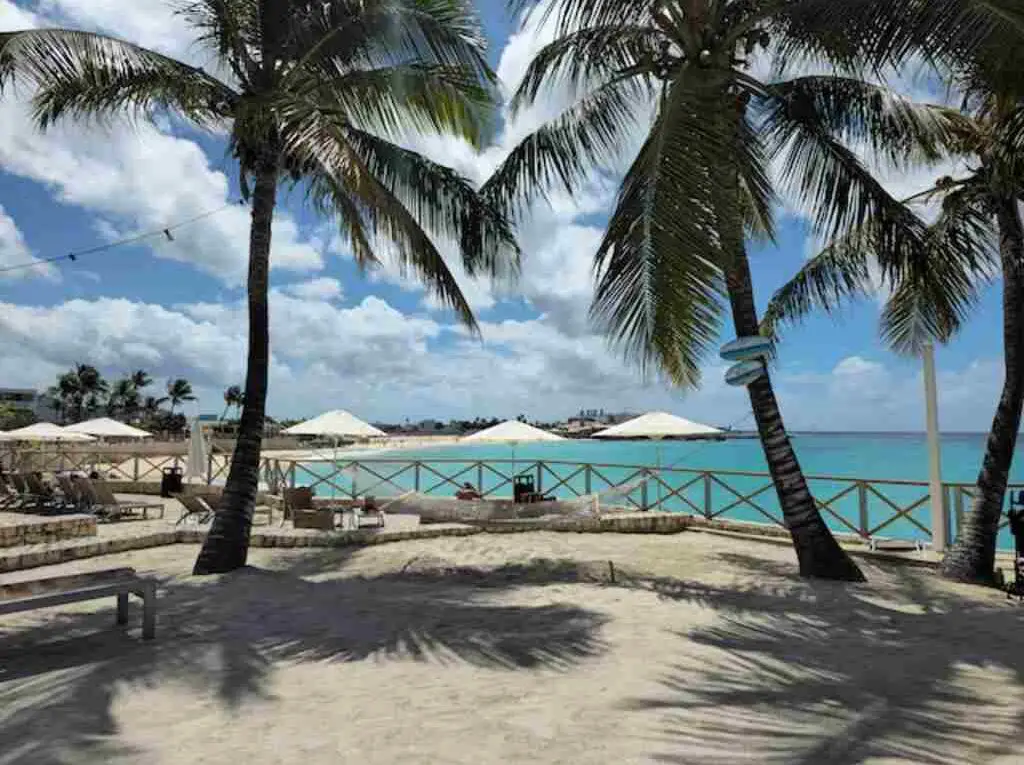Does Sint Maarten Have Tsunamis? Island Safety Explored!
Sint Maarten, the Dutch Caribbean island, is a popular tourist destination known for its beautiful beaches, sun-kissed climate, and vibrant culture. However, like many other island nations, Sint Maarten faces the risk of natural disasters, including tsunamis.
While the island has not experienced a significant tsunami event in recent years, it remains important to understand the potential risks and the measures in place to ensure the safety of all residents and visitors.
This article explores the risk of tsunamis in Sint Maarten, the safety measures implemented, and the ongoing efforts to improve the island’s resilience to this threat.
Table of Contents
- 1 Key Takeaways
- 2 Does Sint Maarten Have Tsunamis
- 3 Understanding the Tsunami Threat in Sint Maarten
- 4 Tsunami Preparedness in Sint Maarten
- 5 Historical Tsunamis in Sint Maarten
- 6 Monitoring Tsunamis in Sint Maarten
- 7 Emergency Response and Evacuation Plans
- 8 Safety Measures for Coastal Communities
- 9 Tsunami Preparedness in Sint Maarten
- 10 The Role of International Cooperation
- 11 Continuous Improvement and Future Challenges
- 12 Conclusion
- 13 FAQ – Does Sint Maarten Have Tsunamis?
- 14 Author
Key Takeaways
- Sint Maarten, a Caribbean island, is at risk of tsunamis due to its geographical location.
- It is situated in a seismically active region, making it susceptible to undersea earthquakes, volcanic eruptions, or landslides.
- While tsunamis are infrequent, preparedness plans are crucial for residents and authorities to mitigate potential risks.
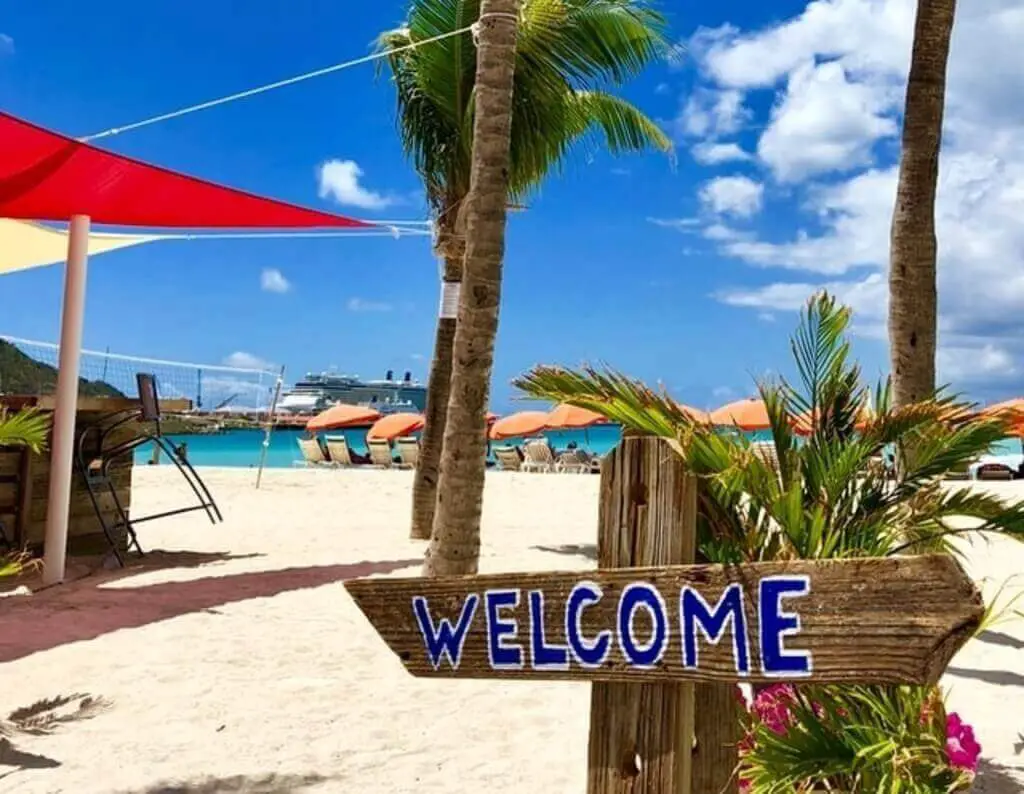
Does Sint Maarten Have Tsunamis
Sint Maarten, a small Caribbean island, is at risk of tsunamis due to its geographical location. Located in a seismically active region, it faces potential threats from undersea earthquakes, volcanic eruptions, or landslides.
While tsunamis are relatively rare, authorities and residents should remain vigilant and have preparedness plans in place to mitigate potential risks.
Understanding the Tsunami Threat in Sint Maarten
Sint Maarten is a Caribbean island that faces several natural disasters, including hurricanes and earthquakes. However, the risk of tsunamis cannot be overlooked, given the island’s location and geology.
Sint Maarten lies in the Lesser Antilles, an active volcanic arc that runs through the eastern Caribbean. The tectonic plates that converge in this region, the North American and Caribbean plates, are responsible for the earthquakes that sometimes occur in Sint Maarten. In addition, the area’s volcanic activity and underwater landslides can also trigger a tsunami.
The island’s coastal hazards, such as the low-lying areas and the sandy beaches, also contribute to the potential impact of a tsunami. The waves can spread rapidly and inundate the coastline, causing damage to infrastructure and endangering the population.
Factors Contributing to the Tsunami Risk in Sint Maarten
Several factors increase the risk of tsunamis in Sint Maarten, including:
- The island’s location in the active volcanic arc of the Lesser Antilles
- The convergence of the North American and Caribbean tectonic plates
- The potential for underwater landslides and volcanic activity
- The low-lying areas and sandy beaches along the coast, which can amplify the impact of the waves
Understanding these factors is critical for developing effective preparedness and response plans, as well as for educating the public on the risks and safety measures.
“The risk of tsunamis cannot be overlooked, given the island’s location and geology.”
Coastal Hazards in Sint Maarten
Sint Maarten’s coastal hazards pose a significant risk to the population and infrastructure in the event of a tsunami. The low-lying areas and sandy beaches can amplify the waves, causing damage and endangering lives.
The island’s coastal areas are also vulnerable to other hazards, such as storm surges, sea level rise, and erosion. These hazards can exacerbate the impact of a tsunami and make the recovery process more challenging.
Therefore, it is crucial to incorporate these coastal hazards into the overall disaster risk management strategies for the island, including preparedness, response, and recovery measures.
Overall, while Sint Maarten’s susceptibility to tsunamis cannot be ignored, understanding the factors that contribute to the risk and implementing effective preparedness and response measures can mitigate the impact of these natural disasters.
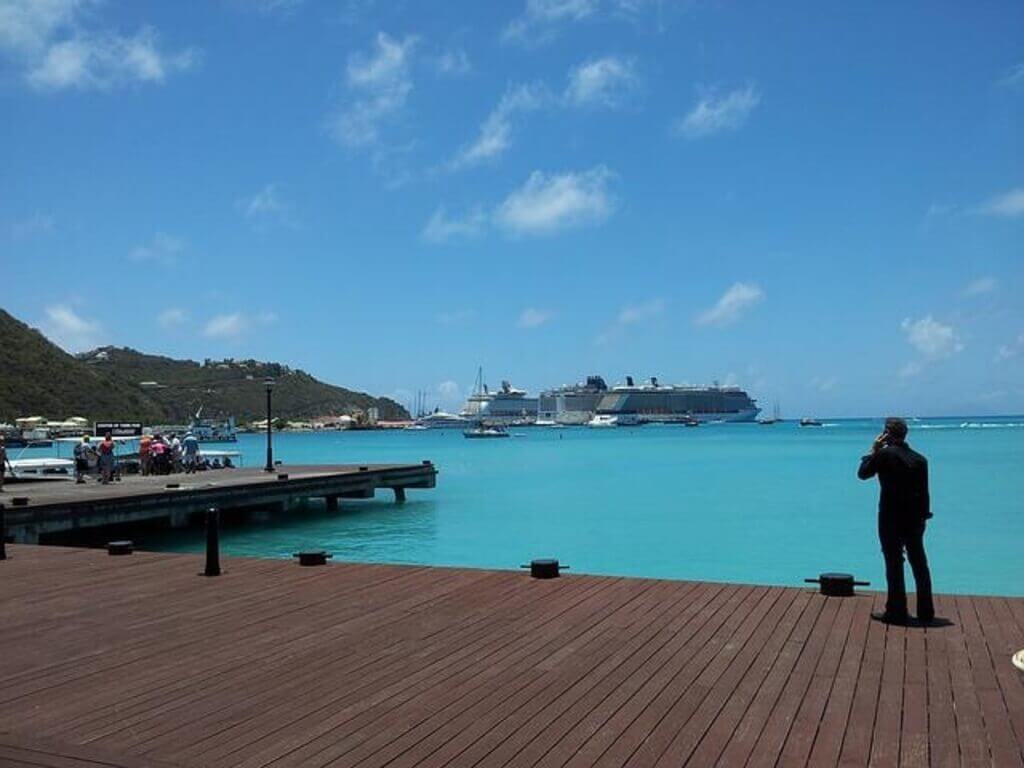
Tsunami Preparedness in Sint Maarten
Sint Maarten is making significant strides towards improving its readiness for potential tsunamis. The government, emergency management agencies, and various organizations have implemented several measures to mitigate the impact of tsunamis on the island.
Tsunami Warning System
Sint Maarten has a robust tsunami warning system that is designed to detect earthquakes, monitor sea level changes, and issue timely warnings to coastal communities. The system comprises advanced sensors, real-time data networks, and decision support tools that enable rapid detection, analysis, and dissemination of warning messages.
Emergency Management Procedures
The emergency management procedures in Sint Maarten are constantly evolving to reflect new knowledge, practices, and technologies. The National Disaster Management Organization (NDMO) is responsible for coordinating emergency response and evacuation in the event of a tsunami. The NDMO works closely with other agencies and stakeholders to ensure a coordinated and effective response.
Public Education and Awareness
Sint Maarten places a strong emphasis on public education and awareness as a critical component of its tsunami preparedness strategy. The government, non-governmental organizations, and community leaders conduct regular public education campaigns to inform residents and visitors about the risks of tsunamis and how to respond in case of an emergency.
Evacuation Planning
The evacuation planning process involves identifying the vulnerable areas, coordinating with community leaders and organizations to facilitate evacuation, and providing safe transportation routes, shelters, and supplies. The NDMO regularly conducts evacuation drills to test the effectiveness of the plan and address any gaps or challenges.
Overall, Sint Maarten is committed to enhancing its tsunami preparedness and building a resilient society that is capable of withstanding and recovering from the impacts of natural disasters. By working collaboratively with regional and international partners, and leveraging the latest technologies and practices, Sint Maarten is well-positioned to minimize the loss of life and property in the event of a tsunami.
Historical Tsunamis in Sint Maarten
While Sint Maarten has not experienced a major tsunami in recent history, the island has been affected by tsunamis in the past. The most significant tsunami event occurred in 1867, when a large earthquake struck the region causing significant damage and loss of life across the Caribbean. The tsunami that resulted from this earthquake affected Sint Maarten and caused some damage to the coastal infrastructure.
Another significant tsunami event occurred in 1755, following the Lisbon earthquake in Portugal. The tsunami caused by this earthquake affected the entire Atlantic coast of Europe and North Africa and may have caused some damage to Sint Maarten, although records are limited.
Overall, the risk of tsunamis in Sint Maarten remains low. However, the island’s location in a seismically active region requires continuous monitoring and preparedness efforts to mitigate any potential impact.
Monitoring Tsunamis in Sint Maarten
Sint Maarten has implemented a comprehensive tsunami monitoring system to provide early detection and warning dissemination in case of a potential tsunami. The Sint Maarten Meteorological Department and the Caribbean Tsunami Warning Center are responsible for monitoring and analyzing seismic activity in the region.
The island is equipped with various technologies, including seismometers, tidal gauges, and ocean buoys, to detect any anomalies in the ocean and seismic activity. These technologies work together to provide real-time data and ensure that any potential tsunami is detected promptly.
Once the meteorological department or the warning center detects a potential tsunami, an alert is issued to the emergency management agencies, who then initiate the emergency response protocol. The protocol includes the dissemination of warning messages through various means, such as radio, television, and sirens, to alert the population.
Coordinated Efforts
The monitoring system in Sint Maarten is part of a larger regional and international network of monitoring systems that work together to provide a comprehensive, coordinated approach to tsunami detection and warning dissemination.
The Caribbean Tsunami Warning Program, for example, is a collaborative effort between various countries in the region and the United Nations Educational, Scientific and Cultural Organization (UNESCO). This program provides a regional framework for tsunami preparedness and aims to reduce the impact of tsunamis in the Caribbean.
The Importance of Monitoring
Monitoring systems are crucial in mitigating the impact of tsunamis. Early detection and prompt warning dissemination can save lives and minimize damage to infrastructure. The monitoring system in Sint Maarten is just one aspect of the island’s comprehensive approach to tsunami preparedness.
However, it is important to note that while monitoring systems are essential, they do not provide a foolproof guarantee against the impact of tsunamis. It is crucial that the population understands the risks associated with tsunamis, and has access to information and guidance on how to prepare and respond in case of an emergency.
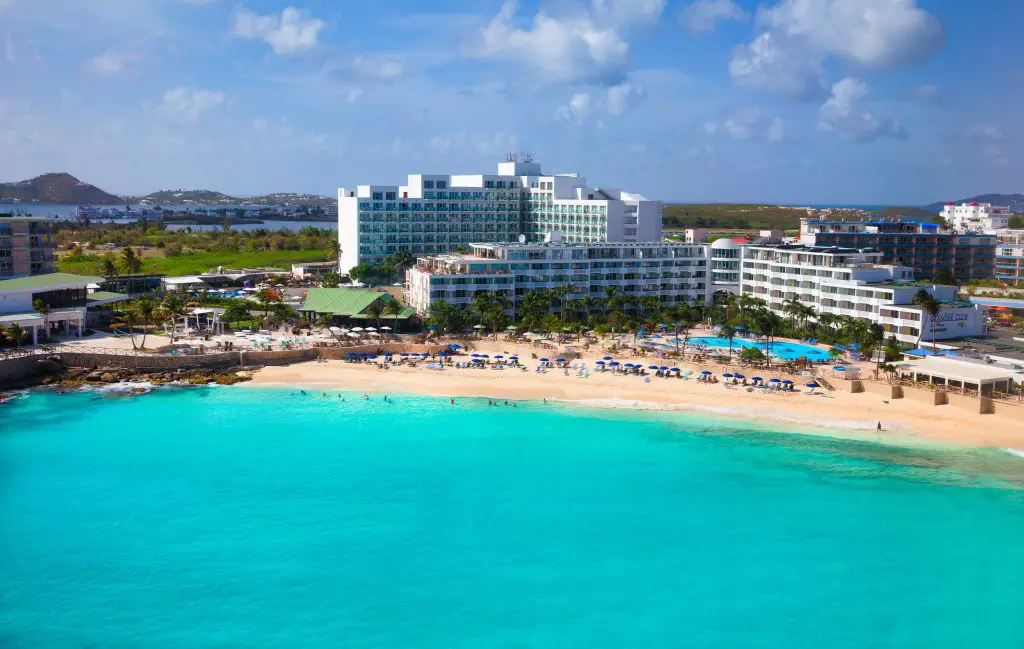
Emergency Response and Evacuation Plans
When a tsunami warning is issued in Sint Maarten, the government activates its emergency response plan to ensure the safety of residents and visitors. The plan involves multiple agencies, including the Emergency Operations Centre, the Police Force, the Fire Department, and the Ministry of VROMI.
Evacuation routes have been identified and are marked with signs to guide people to safety. The public is urged to follow instructions from emergency services personnel and to avoid going to the beach or the marina after a tsunami warning.
Evacuation Zones
Sint Maarten has been divided into three evacuation zones based on the projected wave heights in case of a tsunami. These zones are A, B, and C, with Zone A being the closest to the shoreline and expected to experience the highest wave heights.
| Evacuation Zone | Projected Wave Heights |
|---|---|
| Zone A | Greater than 5 meters |
| Zone B | 2 to 5 meters |
| Zone C | Under 2 meters |
The public is advised to evacuate immediately if they are in Zone A and to seek higher ground if they are in Zone B or C. Hotels and other accommodations in the affected areas have emergency plans in place to ensure the safety of their guests.
Coordination and Communication
The Emergency Operations Centre is responsible for coordinating the response efforts of the various agencies involved in tsunami preparedness and response. The centre serves as the point of contact for communication between the government and the public during an emergency.
In addition, the Island Government has implemented a mass notification system that provides timely information and instructions to the public via SMS, email, and social media in case of a disaster.
The Sint Maarten Police Force also plays a vital role in the emergency response efforts, coordinating the evacuation of residents and visitors in the affected areas and ensuring that order is maintained.
Practice Drills
To ensure that emergency response efforts are efficient and effective, regular tsunami drills are conducted in Sint Maarten. These drills involve the participation of the various agencies involved in the emergency response efforts as well as the public.
The drills provide an opportunity for agencies to test their plans, identify gaps, and make improvements. They also help to familiarize the public with the emergency procedures and evacuation routes, reducing confusion and panic in case of a disaster.
In conclusion, Sint Maarten has comprehensive emergency response and evacuation plans in place to mitigate the impact of a potential tsunami. The plans involve multiple agencies and are designed to ensure the safety of residents and visitors. Regular drills and communication efforts help to ensure that everyone is prepared and informed in case of a disaster.
Safety Measures for Coastal Communities
As a Caribbean island, Sint Maarten is prone to natural disasters such as hurricanes, flooding, and coastal hazards. To ensure the safety of the population, the island has implemented several safety measures specific to coastal communities in the event of a tsunami.
There are strict building codes for structures located on the coast to ensure they can withstand the impact of a potential tsunami. Additionally, many of the hotels and resorts located on the coast have established evacuation procedures and designated safe zones for guests in case of an emergency.
The Sint Maarten Fire Department, in collaboration with the Ministry of Public Housing, Spatial Planning, Environment, and Infrastructure, conducts regular inspections of the coastal areas to ensure that all safety measures are in place. The department also conducts simulation exercises with coastal communities to test their preparedness and identify any areas for improvement.
Furthermore, the island has implemented a beach monitoring program to continuously monitor the erosion of the coastline and identify potential hazards. The data collected is used to inform the development of infrastructure and policy decisions that mitigate coastal hazards.
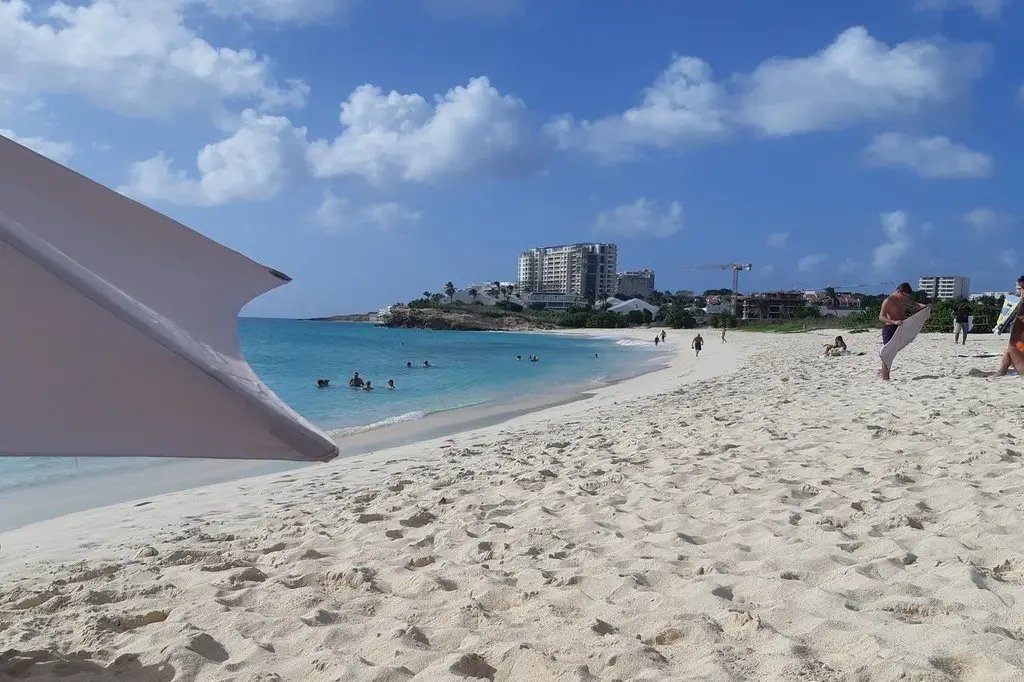
Tsunami Preparedness in Sint Maarten
Sint Maarten takes the threat of tsunamis seriously and has put in place several emergency management procedures and initiatives to mitigate the impact of potential disasters. The government has developed comprehensive plans and protocols to ensure the safety of residents and visitors, and has invested in monitoring systems and infrastructure to enhance the island’s resilience.
The Emergency Operations Center (EOC) is the primary command center responsible for coordinating emergency management and response efforts during a tsunami warning. It is equipped with the necessary communication and information technology systems to receive, process, and disseminate warnings and alerts to the public. The EOC closely collaborates with other agencies, including the National Emergency Operations Center, the Meteorological Department, and the Coast Guard, to ensure a coordinated response.
In addition, Sint Maarten has established a mass notification system that allows for the dissemination of urgent information to residents and tourists through multiple channels, including text messages, social media, and radio broadcasts. This system ensures that people are informed and aware of any potential threats and can take appropriate actions.
The island has also taken steps to ensure the safety of critical infrastructure, such as hospitals and airports, in case of a tsunami. For instance, hospitals have developed evacuation plans, and all airport staff are trained to respond to emergencies and evacuate passengers and staff in a timely manner.
Finally, Sint Maarten has conducted numerous public awareness campaigns and educational programs to educate the population on the risks associated with tsunamis and how to respond in case of an emergency. These efforts have included training sessions for schools, community groups, and businesses, and distributed educational material, such as brochures and posters, throughout the island.
The Role of International Cooperation
Sint Maarten recognizes that tsunamis are a global phenomenon, and no single nation can tackle the challenge alone. International cooperation plays a critical role in enhancing the island’s resilience to this natural disaster.
The country works closely with various regional and international organizations to share knowledge, expertise, and best practices in emergency management. The Caribbean Disaster Emergency Management Agency (CDEMA) is one such organization that has been instrumental in supporting Sint Maarten’s efforts to prepare for tsunamis.
Sint Maarten is also part of the Caribbean Tsunami Warning Program, which brings together various countries in the region, including the United States, Canada, and France. The program provides real-time seismic data and tsunami warnings to participating countries, allowing them to take appropriate action when necessary.
The island’s government has engaged in several bilateral collaborations with neighboring countries, including the Netherlands, the United Kingdom, and France, to enhance its emergency response capabilities. Additionally, Sint Maarten’s participation in regional and international forums, such as the United Nations International Strategy for Disaster Reduction (UNISDR), has helped the country access resources and technical assistance from a broad network of partners.
The Sint Maarten government recognizes that tsunami preparedness is an ongoing process and requires continuous improvement. As such, the country remains committed to collaborating with regional and international partners to enhance its resilience to this natural disaster.
Continuous Improvement and Future Challenges
Sint Maarten has made significant progress in enhancing its tsunami preparedness and response capabilities in recent years. However, there are still several challenges that the island needs to address to further improve its resilience to tsunamis and other coastal hazards.
One of the main challenges is ensuring that the emergency management infrastructure and resources are always up-to-date and adequately maintained. This includes regular testing and maintenance of warning systems, evacuation routes, and public shelters. Sint Maarten also needs to continue its investment in modern technologies that can aid in early detection and warning dissemination.
Another challenge is enhancing community preparedness and education. While Sint Maarten has made strides in public awareness campaigns and educational initiatives, it is important to ensure that all residents and visitors have access to accurate and timely information about tsunamis and what actions to take in case of an emergency. Consistent messaging and public outreach are critical to building a culture of preparedness in the community.
Additionally, Sint Maarten must continue to work closely with regional and international partners to share best practices and knowledge. Tsunamis are a global threat, and it is essential to collaborate with experts and other island nations to advance preparedness and response efforts. Sint Maarten has already made progress in this regard through its membership in regional organizations such as the Caribbean Disaster Emergency Management Agency and its participation in international exercises like Caribe Wave.
Finally, the island must be prepared to adapt and respond to evolving threats. Climate change and sea-level rise are likely to increase the frequency and severity of coastal hazards, including tsunamis. Sint Maarten needs to remain vigilant in monitoring these trends and adjusting its preparedness and response plans accordingly.
Conclusion
Sint Maarten’s location in a seismically active region makes it susceptible to tsunamis caused by undersea earthquakes, volcanic activity, or landslides. Though rare, the island should prioritize preparedness measures to ensure the safety and well-being of its residents in the face of any potential tsunami threat.
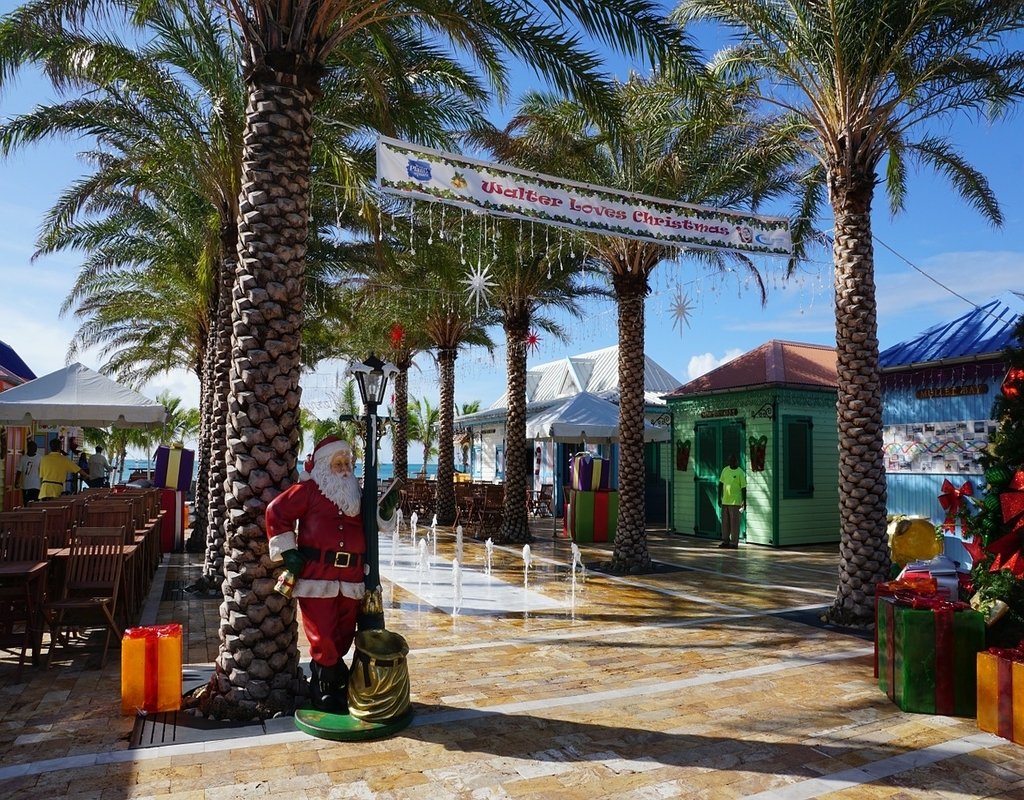
FAQ – Does Sint Maarten Have Tsunamis?
Yes, Sint Maarten does have a risk of tsunamis. The island is susceptible to natural disasters, including earthquakes and hurricanes, which can trigger a tsunami.
What is a tsunami?
A tsunami is a series of ocean waves caused by large-scale disturbances of the ocean, such as earthquakes, volcanic eruptions, or landslides. These waves can cause significant damage and threaten the safety of coastal communities.
Has Sint Maarten experienced a tsunami before?
Yes, Sint Maarten has experienced tsunamis in the past. The most recent significant event was the 2010 earthquake in Haiti, which generated a tsunami that impacted several neighboring islands, including Sint Maarten.
What is being done to prepare for a tsunami in Sint Maarten?
Sint Maarten has an emergency management system in place to prepare for and respond to natural disasters, including tsunamis. This system involves coordination between various government agencies, communication systems, and evacuation plans. The island also employs monitoring technologies to detect potential tsunamis early and disseminate warnings to the public.
What should I do if there is a tsunami warning in Sint Maarten?
If there is a tsunami warning in Sint Maarten, it is essential to follow the instructions of local authorities. You should seek higher ground immediately and avoid coastal areas, rivers, and other bodies of water. Stay tuned to emergency alerts and continue to follow official guidance until it is safe to return.
Is it safe to visit Sint Maarten considering the risk of tsunamis?
Despite the risk of natural disasters, including tsunamis, Sint Maarten is a safe and popular tourist destination. The island has taken significant steps to improve its emergency management systems and infrastructure to ensure the safety of its residents and visitors. It is always advisable to stay informed about potential hazards and follow official guidance during any emergency situations.

